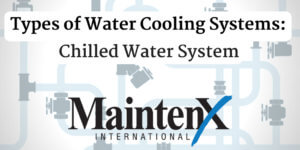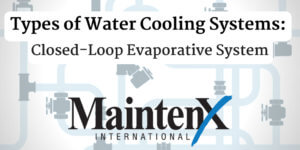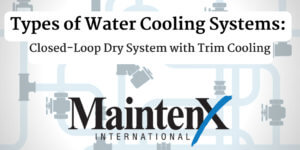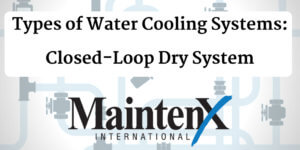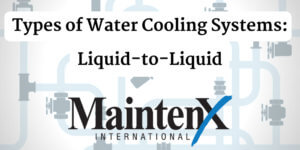
Guidelines for Facilities Service Requests
Facility Maintenance service requests generally relate to repair and maintenance of structures and their installed utilities. This can involve repairs to roads, drainage systems, elevators, and exteriors. They’re different for every company and organization, but we will explore the basics of Facility Service Requests.
Routine Maintenance
Routine Maintenance service requests can be entered online, or by calling an agent at 301-435-8000. This covers any requests for utility repair or maintenance, including:
– Housekeeping
– Plumbing
– Ventilation
– Lighting
– Electrical Repairs
Outside Help
From time to time, a service request is outside the scope of Facility Maintenance. For these cases, the Maintenance Department should consult with the requester and arrange for a capable body to execute the task.
Facility Service Request Basics
Non-maintenance work is usually handled internally and includes tasks which are:
– Not dangerous or specialized
– Not time-sensitive
– Can be completed during normal working hours
– Don’t require special permission to resolve
Works Projects
Special projects like alterations and building renovations should be handled through your organization’s internal work order system. This is usually overseen by the director of facility management or maintenance administration. Sometimes outside contractors must be hired to assess the cost and scope of a given project. One example: an office building is in need of a structural renovation because its concrete floors have developed a large crack. In this case, it cannot be handled by the company itself, so an outside contractor would be contacted to figure out next steps.




